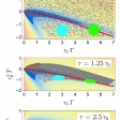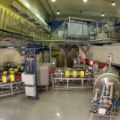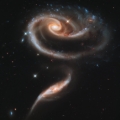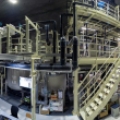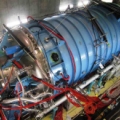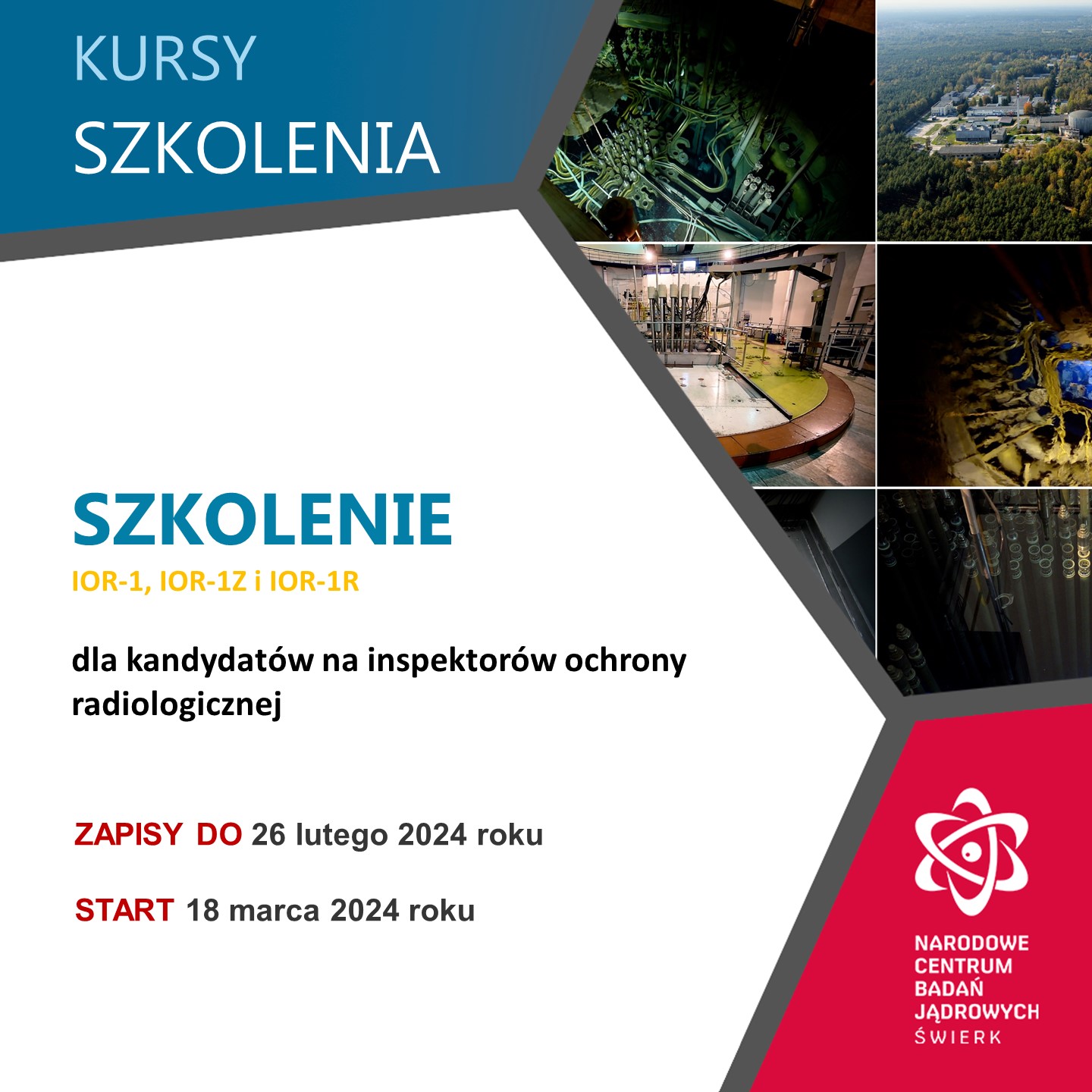Quark-gluon plasma and hydrodynamic attractor
2020.09.25 - Marek Pawłowski
The last issue of PRL has published a paper on the use of the known from thermodynamics concept of a hydrodynamic attractor to analyze the formation processes of quark-gluon plasma. Professors Michał Spaliński and Michał Heller (BP2) together with a doctoral student and co-author from MPI argue that their approach is well suited to treatment by machine learning techniques.
----
New superheavy isotopes are likely to be produced soon
2020.09.16 - Marek Pawłowski
Calculations made by Polish scientists in cooperation with a group of scholars from Dubna (Russia) allow predicting with previously unavailable accuracy the possibility of producing new isotopes of superheavy elements. In the article published in the prestigious journal Physics Letter B, they presented the most promising production channels for a wide range of isotopes with the atomic numbers from 112 to 118 in various configurations of nuclear collisions leading to their formation. The predictions appear to be reliable, as they are confirmed with excellent compatibility by the experimental data available for processes already tested.
----
The first consistent study of galaxy mergers in real and simulated universes
2020.09.15 - Marek Pawłowski
For the first time, merging pairs of galaxies have been found using an identical method in both simulations and observations of the real universe, using artificial intelligence. The co-author of the pioneering work is Dr. William Pearson from the Astrophysics Department of the Fundamental Research Department of NCBJ.
----
It is worth checking whether radiation can help suffering patients with COVID-19
2020.08.24 - Marek Pawłowski
Prof. Ludwik Dobrzyński, one of the most prominent experts on the field of the influence of ionizing radiation on organisms, states in his text, that small doses of radiation can potentially stimulate the body’s defence reactions in COVID patients. The expert refers to the analogy with pneumonia and explains how the immune system can be supported by radiation provided by equipment commonly used in hospitals
----
Gadolinium offers new research opportunities for Super-Kamiokande
2020.08.21 - Marek Pawłowski
Today in Japan, a collaboration of scientists on the Super – Kamiokande (SK) experiment announced the completion of the modernization of the huge neutrino detector. This modernization opens up completely new research opportunities. Physicists – including those from Poland – will be able to investigate, e. g. neutrino signals from supernova explosions in the distant past.
----
The FASER will check whether there is an anomalous kaons decay
2020.08.14 - Marek Pawłowski
According to the authors of the latest work published in Physical Review D, the FASER experiment proposed for the LHC by several scientists, including Dr Sebastian Trojanowski (NCBJ), will probably allow confirming the KOTO anomaly.
----





